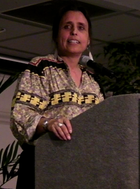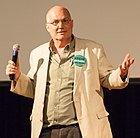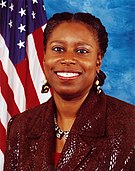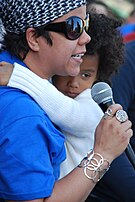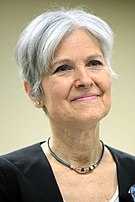
The 1792 presidential election were held in the United States from November 2 to December 5, 1792. Incumbent President George Washington was elected to a second term by a unanimous vote in the electoral college, while John Adams was reelected as vice president. Washington was essentially unopposed, but Adams faced a competitive re-election against Governor George Clinton of New York.
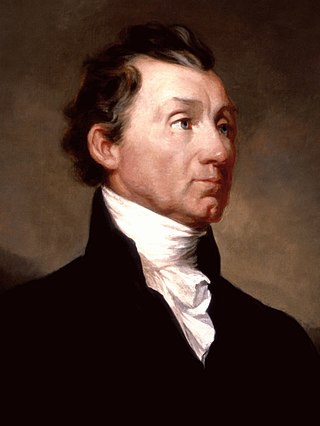
Presidential elections were held in the United States from November 1 to December 6, 1820. Taking place at the height of the Era of Good Feelings, the election saw incumbent Democratic-Republican President James Monroe win reelection without a major opponent. It was the third and the most recent United States presidential election in which a presidential candidate ran effectively unopposed. James Monroe's re-election marked the first time in U.S. history that a third consecutive president won a second election.

In the United States, the Electoral College is the group of presidential electors that is formed every four years during the presidential election for the sole purpose of voting for the president and vice president. The process is described in Article Two of the Constitution. The number of electoral votes exercised by each state is equal to that state's congressional delegation which is the number of Senators (two) plus the number of Representatives for that state. Each state appoints electors using legal procedures determined by its legislature. Federal office holders, including senators and representatives, cannot be electors. Additionally, the Twenty-third Amendment granted the federal District of Columbia three electors. A simple majority of electoral votes is required to elect the president and vice president. If no candidate achieves a majority, a contingent election is held by the House of Representatives, to elect the president, and by the Senate, to elect the vice president.

In the United States Electoral College, a faithless elector is generally a party representative who does not have faith in the election result within their region and instead votes for another person for one or both offices, or abstains from voting. As part of United States presidential elections, each state legislates the method by which its electors are to be selected. Many states require electors to have pledged to vote for the candidates of their party if appointed. The consequences of an elector voting in a way inconsistent with their pledge vary from state to state.

The 2004 United States presidential election in Oregon took place on November 2, 2004, and was part of the 2004 United States presidential election. Voters chose seven representatives, or electors, to the Electoral College, who voted for president and vice president.

The 2004 United States presidential election in Minnesota took place on November 2, 2004, as part of the 2004 United States presidential election. Voters chose ten representatives, or electors to the Electoral College, who voted for president and vice president.

The election of the president and for vice president of the United States is an indirect election in which citizens of the United States who are registered to vote in one of the fifty U.S. states or in Washington, D.C., cast ballots not directly for those offices, but instead for members of the Electoral College. These electors then cast direct votes, known as electoral votes, for president and for vice president. The candidate who receives an absolute majority of electoral votes is then elected to that office. If no candidate receives an absolute majority of the votes for president, the House of Representatives elects the president; likewise if no one receives an absolute majority of the votes for vice president, then the Senate elects the vice president.

The 2000 United States presidential election in New Hampshire took place on Election Day on November 7, 2000, as part of the 2000 United States presidential election. The two major candidates were Texas Governor George W. Bush of the Republican Party and Vice President Al Gore of the Democratic Party. When all votes were tallied, Bush was declared the winner with a plurality of the vote over Gore, receiving 48% of the vote to Gore's 47%, while Green Party candidate Ralph Nader received almost 4% of the vote in the state. Bush went on to win the election nationwide. Had incumbent Gore come out victorious in New Hampshire with its four electoral votes, he would have won the presidency, regardless of the outcome of Bush v. Gore.
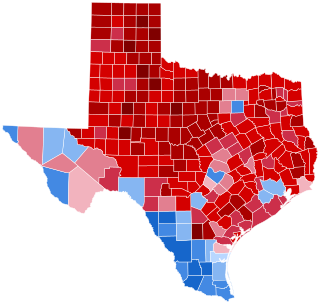
The 2016 United States presidential election in Texas took place on November 8, 2016, as part of the 2016 United States presidential election. Primary elections were held on March 1, 2016.
In the United States, a contingent election is used to elect the president or vice president if no candidate receives a majority of the whole number of electors appointed. A presidential contingent election is decided by a special vote of the United States House of Representatives, while a vice-presidential contingent election is decided by a vote of the United States Senate. During a contingent election in the House, each state delegation votes en bloc to choose the president instead of representatives voting individually. Senators, by contrast, cast votes individually for vice president.

